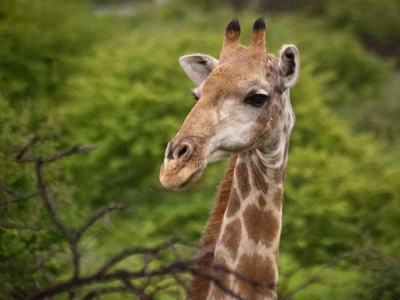Animal cells, unlike plant cells, do not have chloroplasts which contain chlorophylls or light-absorbing pigments. And unlike plant cells, animal cells do not have a cell wall but, rather a cell membrane.
A cell membrane is a very thin layer of protein and fat that surrounds the outside of the cell. Because it is so thin, it allows substances (such as food and oxygen) to pass in and out of the cell. Inside of the cell membrane are many tiny structures known as organelles.
The nucleus is the very center of the cell and acts as the brain of the cell. It is, in essence, the cell’s control center.
Animal cells have centrioles. They also contain organelles such as endoplasmic reticulum (smooth and rough), mitochondrion, Golgi apparatus, plasma membrane, microtubules and microfilaments, lysosomes and a nucleus.
Golgi Apparatus or Body: This is a flattened, layered sac-like organelle. To envision it, it would look something like a stack of pancakes. In the cell, it is located near to the nucleus.
Microtubule Organization Center or Centrosome: This is a small body also located near to the center of the cell near the nucleus. It is dense and tubular shaped.
Mitosis: This is the process of a cell dividing within itself.
Cytoplasm: This is a jellylike matter that is found outside the nucleus of a cell and in which organelles are located.
Mitochondrion: These are spherical to rod-shaped organelles that have a double membrane. The mitochondrion converts glucose into adenosine triphosphate (ATP) for the cell’s energy.
Ribosome: These are small organelles composed of RNA, which is a rich cytoplasm granule, that are involved in protein synthesis.
Vacuole: Cells have cavities within them known as vacuole. The vacuoles have membranes filled with fluids surrounding them. This fluid contains digested food and waste materials that are on their way out of the cell.
Endoplasmic reticulum: The endoplasmic reticulum synthesizes proteins and is responsible for manufacturing most of the membranes of the cells, as well as lipids. There are two different kinds of endoplasmic reticulum. The first is the ribosome. The ribosome has a rough surface and it does the protein synthesis. The second is a smooth surface endoplasmic reticulum and its function is to synthesize lipids.
Plasma Membrane: Animal cells have a plasma membrane which serves to interface between the interior of the cell and the exterior fluid that bathes the cell.








